Flushing: NYC's 'hot' Chinatown
Updated: 2015-05-15 06:15
By AMY HE(China Daily USA)
|
|||||||||
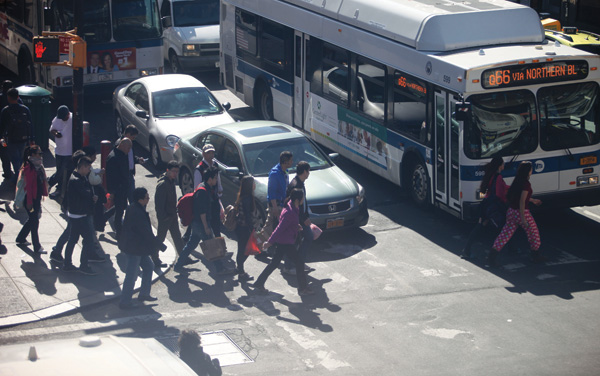 |
|
Downtown Flushing is crowded with people as well as bus and car traffi c. While Chinese predominate the community, there is a sizable Korean population. [Photo by MENG HAN / FOR CHINA DAILY] |
People who live and work in Flushing sometimes call it "the Chinese Manhattan". The city's fastest growing Chinatown is booming -- new condominiums, retailers and much more, AMY HE reports from New York.
About 45 minutes from Manhattan on the last stop of the No 7 subway is Main Street, the entryway to Flushing, New York City's fastest-growing Chinatown in the last decade.
Throngs of people clog the intersection of Main Street and Roosevelt Avenue, and pack the assorted shops that seemingly offer everything from pork buns and Chinese drinks to cell phone charms.
Store signs in Chinese — and a few in Korean — stack precariously on top of each other, advertising for doctors, accountants, beauty salons and lawyers. The number of Chinese restaurants is endless.
A green neon sign on a health supplement store in English reads: "We Speak Mandarin". Vitamins, fish oil capsules and protein powder are among the most frequently purchased items, says a salesman who explained that some buyers send them to relatives in China. The nearby Western Union also caters to sending money back home. Only cars and city buses move slower than the people on packed sidewalks.
That Flushing is booming beyond the main intersection can be seen — and felt — everywhere in the community of 72,000. The numbers are up for new residents, new housing projects, new retailers and investors, but so are rents and housing prices.
Manhattan's Chinatown is the city's oldest Chinese community, and used to have the most Chinese.
Now Flushing in the north-central part of the borough of Queens is No 1 with 33,536 Chinese, according to the 2010 Census. Of the total population, 69.2 percent are Asian (Koreans are the second-largest Asian group), 14.9 percent Hispanic, 9.5 percent white and 4.2 percent black.
Manhattan's Chinatown population has decreased 17 percent since 2000, from 34,554 to 28,671, according to the Asian American Federation, a Manhattan nonprofit.
Flushing saw a wave of immigration in the 1980s that transformed the community into one of the most diverse in Queens. Today, the greater Flushing area has the third-largest immigration concentration in New York City, according to a 2011 report by the state comptroller.
New condos
New construction for housing has been one of the biggest developments in Flushing. Much higher rents in Manhattan and Brooklyn have caused an influx of Chinese-Americans, as well as new immigrants looking to be close to relatives and empty-nesters downsizing from suburban homes, according to real estate agents, who say wealthy Chinese buyers are investing in rental property.
In 2007, Sky View Parc with 448 units in three buildings became one of the first luxury condo developments in Flushing. It was constructed by Onex Real Estate Partners. Now Onex is developing another three buildings —The Grand at Sky View —with 800 units.
The first building opened in January, and David Brickman, Onex's vice-president, said that within one day half the units were sold. Studios sold for $489,000 to $604,000; one-bedrooms $540,000 to $794,000; two-bedrooms $890,000 to $1.2 million and three- and four-bedroom units began at $2 million. A second building will open in the summer, Brickman said.
"There has been pent-up demand. We've had people living in Brooklyn but are buying in Flushing," he said.
Brickman said buyers and investors like that they can get comparable quality and amenities in Flushing for lower prices than in Brooklyn or Manhattan, where a resurgence in the real estate market over the last few years has bumped up prices.
Brickman and Andrew Gerringer, managing director of new business at the Marketing Directors, which helps developers market their properties, both said the buyers are predominantly local Chinese and paying all cash. There also are buyers from the Chinese mainland seeking investment property or housing for their children who might be studying at a college or university in the New York area.
"It's families buying who have strong ties to the neighborhood," said Gerringer. "I'd say there are more people in the community buying than there are people buying from outside the community."
Elderly Asians are also drawn to Flushing for its conveniences, according to real estate agents and Peter Koo, the New York City Councilman who represents Flushing. Koo was elected in 2009 and has spent three decades living and working in the community. The 62-year-old immigrated to the United States from Hong Kong in 1971,
"We've had empty nesters who live in Long Island and are planning on selling their home and are looking to move back into the city and choosing Flushing over Manhattan because it's where their friends are," said Brickman.
"You don't have to sit at home here, but if you lived in Long Island, most people sit at home and look at the trees," Koo joked. "A lot of elderly people move here, because even if they have children who have big houses in Long Island, or New Jersey, they want to stay in Flushing in a studio. They have their freedom; they can go out and do things."
Josh Zegen, co-founder of Madison Realty Capital, said that Flushing attracts foreign interest. "There's just a lot of money from foreign investors, US capital and institutional capital coming into Flushing, as well as other parts of Queens," he said.
"I think Flushing is a very deep market and only getting deeper. There's room for more product to be built," Zegen said. "The density is so great and the traffic, if you're a retailer, retail rents are like you wouldn't believe them. But because of the density, they have the foot traffic, you have the business. Retailers know that if you set up store there that you have the business there."
Retail rents are about $40 to $50 a square foot, Zegen said, compared to Manhattan's $55 to $75 a square foot, according to figures from commercial real estate service Colliers International.
"That's not a cheap rent," Zegen said. "If you didn't know the office market, you wouldn't guess that Flushing was getting $40-$50 a square foot."
And new retailers are moving into Flushing, taking advantage of rents that are lower and going after the growing population.
Flushing Mall, a fixture in the neighborhood for 15 years that was known for its Asian food court, closed on January 30 to make way for housing and commercial developments. When it opened in 2000, it was the first Flushing mall with businesses run mostly by Chinese, and became a must-visit for locals and tourists.

 Cannes Film Festival unrolls star-studded red carpet
Cannes Film Festival unrolls star-studded red carpet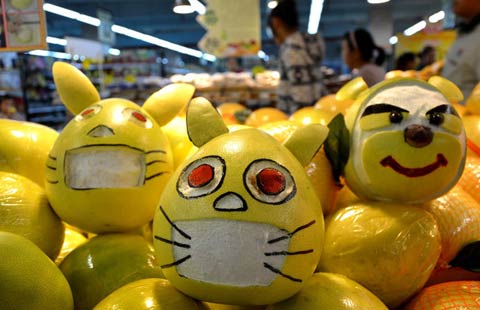
 Amazing artworks in supermarkets
Amazing artworks in supermarkets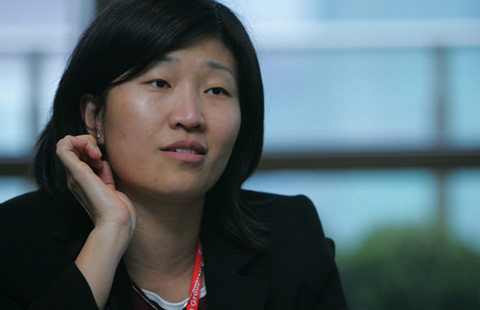
 Top 10 venture investors in the world
Top 10 venture investors in the world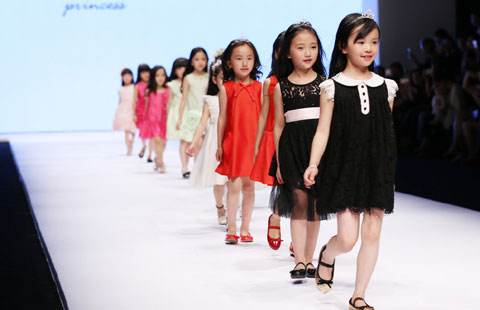
 Ten photos you don't wanna miss - May 14
Ten photos you don't wanna miss - May 14
 Classical private school in Qinling Mountain
Classical private school in Qinling Mountain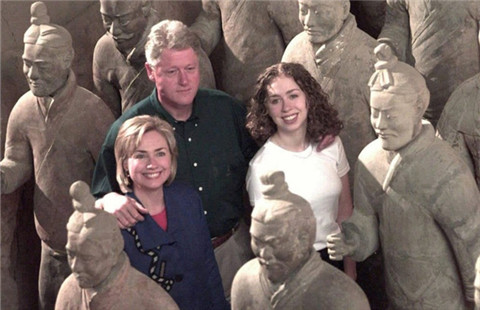
 Heads of state show you around Xi'an
Heads of state show you around Xi'an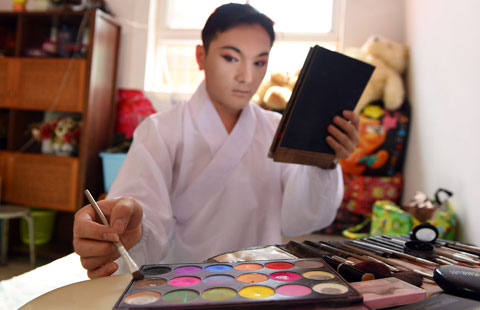
 Cross dressing for Peking Opera
Cross dressing for Peking Opera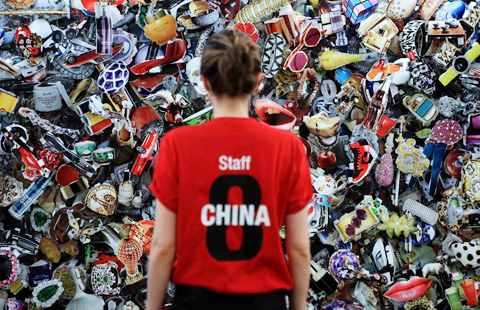
 Ten photos you don't wanna miss - May 13
Ten photos you don't wanna miss - May 13
Most Viewed
Editor's Picks

|

|

|

|

|

|
Today's Top News
Xi to give Modi a hometown welcome
Aviation, railway top Li's agenda for Latin America
Cui rebuffs US stance on
S. China Sea
China set to delay maiden flight of C919 commercial jet
Police warn 'strange outfits' on subway may cause stampedes
At least six die in Philadelphia train derailment, scores hurt
Cui: How to get a win-win in Asia
Animated Deng Xiaoping set to hit silver screen this week
US Weekly

|

|







